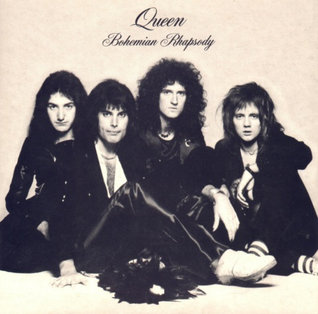
To answer that question it’s necessary to delve into the following ideas:
1. A history of British coronations dating back to 973.
2. An explanation of why a German composer, George Frederick Handel, was commissioned to write a set of coronation anthems for a British ceremony in 1727.
3. A look at the source of the actual text for the anthem referencing said Zadok.
Let’s start with #3. Zadok was the high priest of Israel at the time of King Solomon’s coronation around 970 BCE. The story about his role in this event comes from the book of I Kings in the Jewish Bible; the text for the anthem is shortened and simplified to read:









